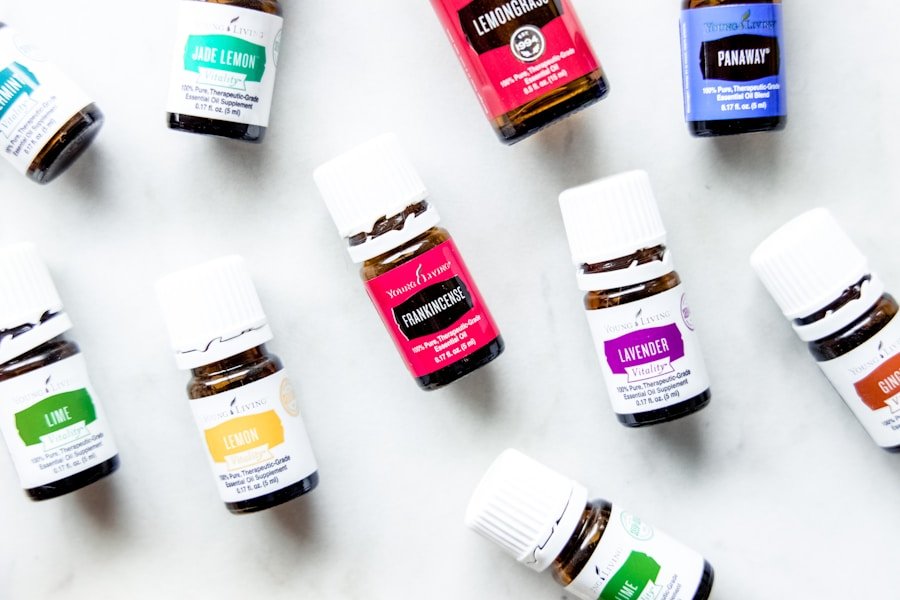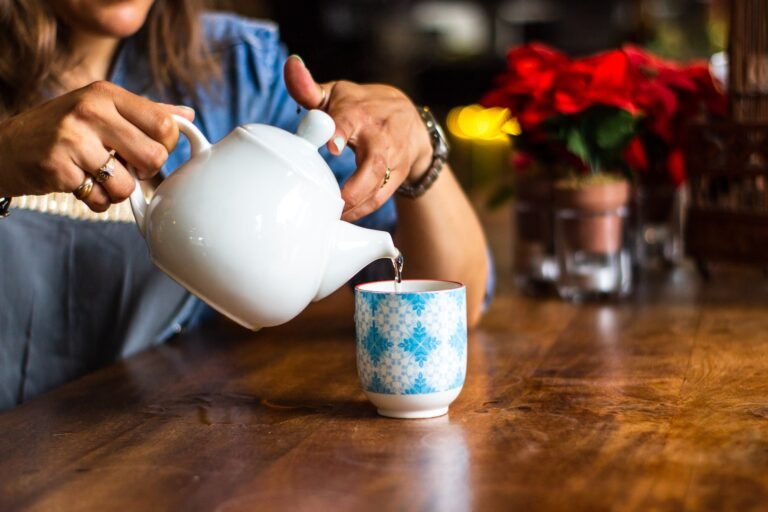10 Effective Home Remedies to Get Rid of Bed Bugs for Good
Bed bugs are small, reddish-brown insects that feed on the blood of humans and animals. They are nocturnal creatures, which means they are most active at night and prefer to hide during the day. Bed bugs are not known to transmit diseases, but their bites can cause itching, discomfort, and allergic reactions in some people. These pests are notoriously difficult to get rid of once they infest a home, as they can hide in tiny cracks and crevices and reproduce quickly. Bed bug infestations can occur in any type of dwelling, from single-family homes to apartments, hotels, and even public transportation. It is important to be vigilant and take proactive measures to prevent and control bed bug infestations.
Identifying Bed Bug Infestations
The first step in dealing with a bed bug infestation is to accurately identify the problem. Common signs of a bed bug infestation include small, reddish-brown bugs in the seams of mattresses and furniture, tiny bloodstains on sheets and pillowcases, and itchy, red welts on the skin. Bed bugs also leave behind tiny, dark droppings that resemble ground pepper. It is important to thoroughly inspect all areas where bed bugs may hide, including the seams and folds of mattresses, box springs, bed frames, and upholstered furniture. Additionally, bed bugs may also hide in cracks and crevices in walls, floors, and other furniture. Identifying a bed bug infestation early is crucial for effective treatment and prevention of further spread.
Natural Bed Bug Repellents
There are several natural repellents that can help deter bed bugs from infesting your home. One effective method is to use essential oils, such as lavender, peppermint, and tea tree oil, which have been shown to repel bed bugs. These oils can be diluted with water and sprayed onto bedding, furniture, and other areas where bed bugs may hide. Another natural repellent is diatomaceous earth, a fine powder made from the fossilized remains of diatoms. When sprinkled in areas where bed bugs are present, diatomaceous earth can dehydrate and kill the insects. Additionally, using a mattress encasement can help prevent bed bugs from infesting your bed and provide an extra layer of protection.
Diatomaceous Earth Treatment
Diatomaceous earth is a natural and effective treatment for bed bug infestations. This fine powder works by dehydrating and killing bed bugs upon contact. To use diatomaceous earth, simply sprinkle a thin layer in areas where bed bugs are present, such as the seams and folds of mattresses, box springs, and furniture. It is important to leave the diatomaceous earth in place for several days to ensure that all bed bugs are eliminated. Additionally, diatomaceous earth can be used as a preventive measure by applying it in cracks and crevices where bed bugs may hide. It is important to use food-grade diatomaceous earth, as other forms may contain harmful chemicals.
Essential Oils for Bed Bug Control
Essential oils have been shown to be effective in repelling and killing bed bugs. Lavender oil, peppermint oil, and tea tree oil are all known for their insect-repelling properties. These oils can be diluted with water and sprayed onto bedding, furniture, and other areas where bed bugs may hide. Additionally, essential oils can be used in homemade bed bug traps to attract and kill the insects. When using essential oils, it is important to use caution and follow proper dilution and application guidelines to avoid skin irritation or other adverse reactions.
Vacuuming and Steam Cleaning
Regular vacuuming and steam cleaning can help control and eliminate bed bug infestations. Vacuuming can help remove bed bugs, eggs, and droppings from mattresses, box springs, and other furniture. It is important to use a vacuum with a high-efficiency particulate air (HEPA) filter to ensure that bed bugs and their eggs are effectively removed. Additionally, steam cleaning can be used to kill bed bugs and their eggs by exposing them to high temperatures. Steam cleaners can be used on mattresses, furniture, and other infested areas to effectively eliminate bed bugs. It is important to thoroughly vacuum and steam clean all areas where bed bugs may hide to ensure that the infestation is completely eradicated.
Mattress Encasements
Using mattress encasements can help prevent and control bed bug infestations. Mattress encasements are specially designed covers that encase the entire mattress, box spring, and pillows, creating a barrier that prevents bed bugs from infesting these areas. Additionally, mattress encasements can help trap and contain any bed bugs that may already be present, preventing them from spreading to other areas of the home. When using mattress encasements, it is important to choose a high-quality, bed bug-proof cover that is specifically designed to prevent bed bug infestations.
Homemade Bed Bug Traps
Homemade bed bug traps can be an effective and affordable way to control and eliminate bed bug infestations. One popular homemade trap is the double-sided tape trap, which involves placing double-sided tape around the legs of furniture and other areas where bed bugs may hide. The sticky tape can trap bed bugs and prevent them from moving to other areas of the home. Another homemade trap involves using a shallow dish filled with soapy water, which can attract and drown bed bugs. Additionally, homemade traps can be baited with essential oils or other attractants to lure bed bugs and effectively control the infestation.
Laundering and Heat Treatment
Laundering and heat treatment can help control and eliminate bed bug infestations. Infested bedding, clothing, and other washable items should be laundered in hot water and dried on the highest heat setting to effectively kill bed bugs and their eggs. Additionally, infested items that cannot be laundered can be placed in a dryer on the highest heat setting for at least 30 minutes to kill bed bugs. It is important to thoroughly inspect and treat all infested items to ensure that the bed bug infestation is completely eradicated.
Professional Pest Control Options
In severe or persistent bed bug infestations, professional pest control options may be necessary. Pest control professionals have the knowledge, experience, and tools to effectively eliminate bed bug infestations. Common professional treatment methods for bed bugs include chemical treatments, heat treatments, and fumigation. Chemical treatments involve the application of insecticides to infested areas to kill bed bugs and their eggs. Heat treatments involve raising the temperature of infested areas to a level that is lethal to bed bugs. Fumigation involves the use of fumigants to eliminate bed bugs in infested areas. It is important to carefully research and choose a reputable pest control company that specializes in bed bug control to ensure effective treatment and prevention of future infestations.
In conclusion, bed bug infestations can be a frustrating and challenging problem to deal with. However, by being proactive and using a combination of natural repellents, treatments, and preventive measures, it is possible to effectively control and eliminate bed bug infestations. It is important to accurately identify the problem, thoroughly inspect and treat infested areas, and take steps to prevent future infestations. In severe cases, professional pest control options may be necessary to effectively eliminate bed bugs. By taking proactive measures and using a combination of natural and professional treatments, it is possible to successfully control and eliminate bed bug infestations and restore peace of mind in the home.







